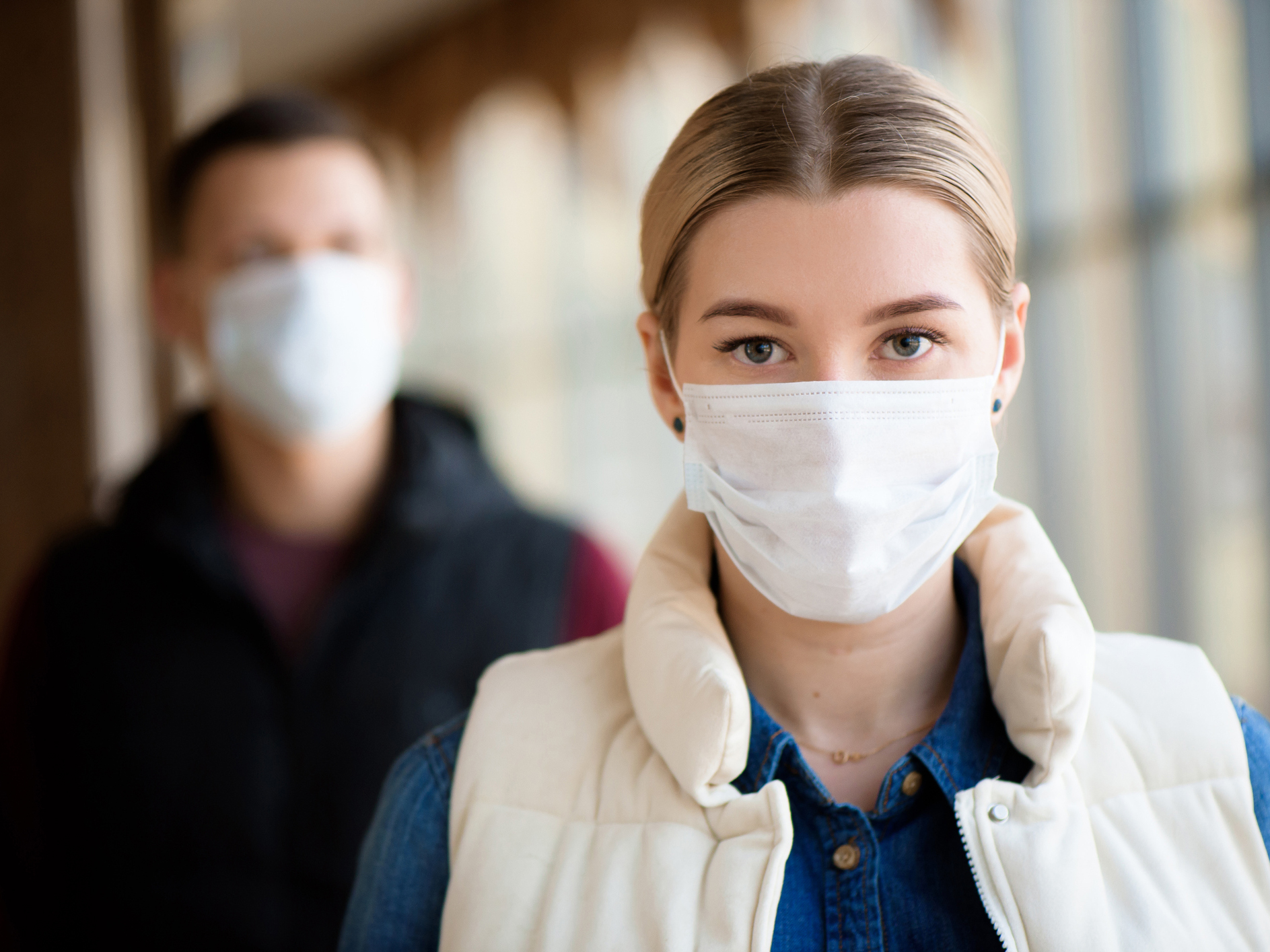Get Easy Health Digest™ in your inbox and don’t miss a thing when you subscribe today. Plus, get the free bonus report, Mother Nature’s Tips, Tricks and Remedies for Cholesterol, Blood Pressure & Blood Sugar as my way of saying welcome to the community!
Protecting yourself from ‘silent spreaders’ of the coronavirus

Believe it or not, there’s much we still don’t know about the COVID-19 virus. But here’s one thing we know for sure: You can transmit this virus to others completely unknowingly, not even aware that you’re infected. Some public health researchers are using the term “silent spreaders” for people who are asymptomatic, not yet ill, or only mildly ill, and are still in contact with others, not knowing that they’re spreading infection.
“There is evidence that SARS-CoV-2 has this ability to spread silently,” says Shweta Bansal, an infectious disease modeler at Georgetown University. But while the term “silent spreaders” may conjure up a bunch of people sneaking around infecting others, this is not the case.
Take the case of a Chinese man who returned to his home in Nanjing after a trip to Hubei province, the epicenter of China’s epidemic. Ten days later, his wife started running a fever and vomiting, and soon developed severe pneumonia. The man was tested for the coronavirus, and his tests came back positive.
3 types of “silent spreaders”
Did that man intend to sicken his wife? We all know the answer to that.
But anyone can be a “silent spreader,” although those who have tested positive are often younger people. And, silent spreaders can be divided into three categories: asymptomatic, pre-symptomatic, and very mildly symptomatic.
Here’s what we know about these variations.
1. Asymptomatic. These are the people who carry the virus but never have any symptoms. Obviously, testing would be the only way to confirm the presence of the virus, but people without symptoms rarely if ever seek testing.
2. Presymptomatic. These are the folks who have been infected and are incubating the virus but don’t yet show symptoms.
Once you’re infected with this virus, it can take five or six days, even as long as two weeks, for symptoms of any sort to appear. That leaves plenty of time for those people to come into contact with others, who can become seriously ill, often far sicker than the “silent spreader” themselves.
3. Very mildly symptomatic. Finally, these are the people who may feel slightly unwell from a COVID-19 infection, but continue to come into close contact with others, thinking that “it’s just a little cough.”
People who continue to “power through” their mild illness and go to work or other public places will infect others, who often become far sicker.
Spreading COVID-19 while having a cough or very low fever doesn’t really count as ‘silent transmission,” says Shweta Banal, because “there’s some sign there at least” that the virus could be present.
What does this all mean for you?
Here’s the bottom line:
If you have even a mild cough, low fever, or any flu symptoms, play it on the safe side and assume that you have COVID-19. You may not, but going with the “worst-case scenario” and isolating yourself from others is the responsible thing to do right now.
Related: 6 small things to do each day to avoid coronavirus
And, keep practicing the six-foot rule. Personally, I keep way more distance than that between myself and others right now. Age-wise, I’m in a high-risk group, and I’m not taking any chances. I wear a mask whenever I walk out my front door.
Sometimes all of this makes me feel like I’m afraid of other people. That’s when I remind myself that I’m actually protecting others, as well as myself, by practicing these measures.
Play it safe, so you can come out of this whole and healthy.
Sources:












